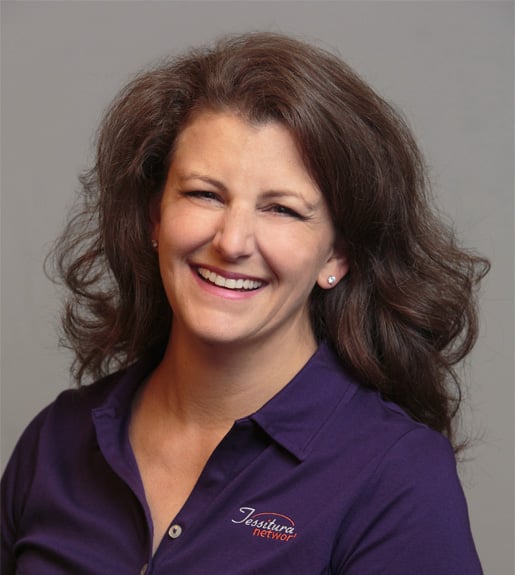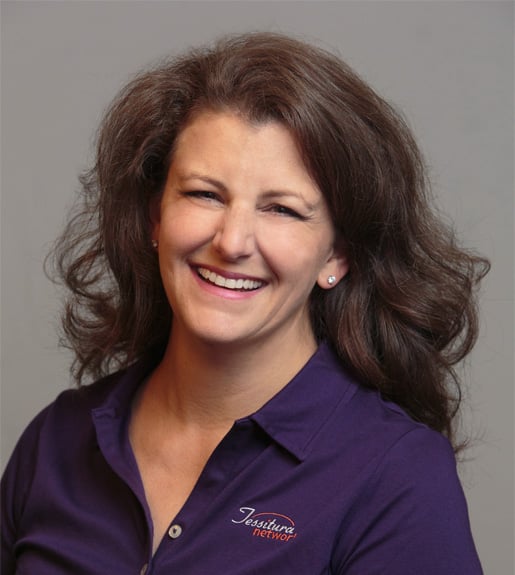Arts and Culture
Business Strategy
Article
Insights & Innovation
a016d869-d9bc-4b68-85d2-2597fb85bb8b
3 min
https://edge.sitecorecloud.io/tessituraneab9a-tessiturane5642-staging-5396/media/Images/Discover-Images/TL-Featured-Media-Images/laptop-notebook-768x465.jpg?h=465&iar=0&w=768
What matters most when everything is important?
The Value of Everything, Part 1

Chief Strategy Officer, Tessitura Network
The Value of Everything, Part 1
1/28/2019
3 min
Arts and culture professionals have unlimited
access to ideas about how we can build stronger relationships with our patrons and the broader public. But we all have limited resources. How do we prioritize? How do we decide what we value most? It’s important, because when you value everything you’re not really valuing anything.
Tessitura’s Enterprise Consulting team has developed a series of interactive workshops to help you and your organization evaluate your effectiveness in engaging your audiences and visitors. This content was presented at the Tessitura Learning & Community Conference, and has since been delivered workshop-style to organizations wanting to improve their effectiveness. One of the most popular sessions was delivered by Erin Koppel, Senior Director of Enterprise Consulting, and we are pleased to offer it to you now as a four-part interactive series exploring the relationship between your information, your intention, and your inventory. How well do you measure up to your own expectations?
We look forward to sharing it with you.
* * *
Part 1
We’re all familiar with the feeling of needing to do “all the things.” (You know that meme, right? The one that perfectly captures that giddy feeling of trying to do, well, everything, and the panic that takes over when you can't sustain it?)
We all sense vaguely that trying to do “all the things” is preposterous. But why, specifically?
The problem with trying to do everything is that when you value all the things, you’re not really valuing anything. If everything is equal, nothing is important. Or as graphic designers like to say, if everything is bold, nothing is bold — because if everything is equally weighted, nothing can stand out as important.
When you value all the things, you’re not really valuing anything.
The value of everything
Think about everything in your professional life and what each one means to you.
It’s overwhelming, right?
That’s exactly my point. It seems impossible. But — and this is important — you actually define your own “everything” all the time, every day, whether you realize you’re doing it or not.
Let’s back up. In order to start understanding our topic, we need consider both parts of the phrase. The value of everything. First:
Everything
If your mental to-do list is anything like mine, it’s longer than my arms can stretch. Organizations are similar. Too frequently, in my experience, institutions try to create strategies that focus on everything. They look at all the good they want to do, and all the problems they want to solve, and aim for all of it.
But that doesn’t work. That kind of strategy is an oxymoron, because by definition, a strategy can’t focus on everything.
That brings us to our second part:
Value
What’s valuable? In other words: what are your priorities? What are your organization’s priorities?
We all have multiple priorities, and it’s easy to feel that they all compete with one another for your attention. But I argue that we don’t have to see them as competing. If we shift our thinking, our priorities can become additive.
How? Priorities can complement one other when everyone is working with the same vision.
Value is the lens through which you view everything. Values can be personal, and even emotionally laden. They are subjective. Yet the degree to which you succeed professionally depends largely on how well you can focus the lens of value as you look at everything. Value helps you sift through your everything.
Value is the lens through which you view everything.
Similarly, the degree to which your organization succeeds depends on how you and your colleagues value your collective everything.
What does that look like for you? The next piece in this series will be interactive, so you can start to apply these ideas to your own specific everything.
Ready for Part 2?
Topics
Arts & Culture
/Business Strategy

Erin Lively Koppel
Chief Strategy Officer
Tessitura Network

Superpowers of Observation | Andrew Recinos
Arts & Culture / Museums
How a clever museum exec looked up from the numbers and saw the story of the solution.

Planning for High-Volume On-Sales (The Donut Problem)
Arts & Culture / Business Strategy / Customer Service / Digital / IT & Systems / Technology / Ticketing & Admissions
Kristin Darrow offers her advice for managing a large ticket on-sale where demand outstrips supply, while maintaining a good customer experience throughout

Des Moines Performing Arts | Success Story
Digital / Business Strategy / IT & Systems / Presenting & Performance / Theatre / Ticketing & Admissions
Denise Smithson Green describes how Des Moines Performing Arts achieved a record on-sale for Hamilton